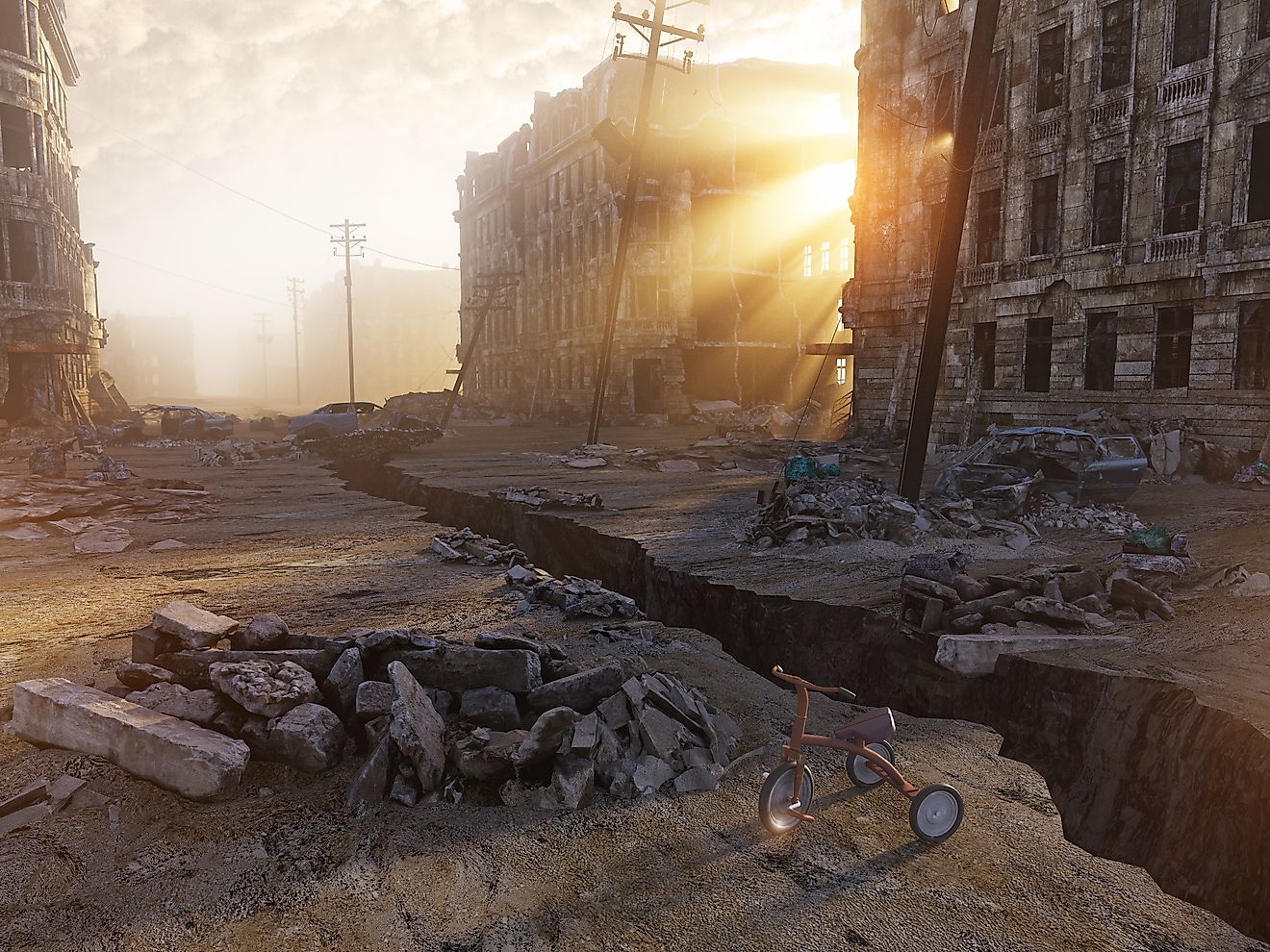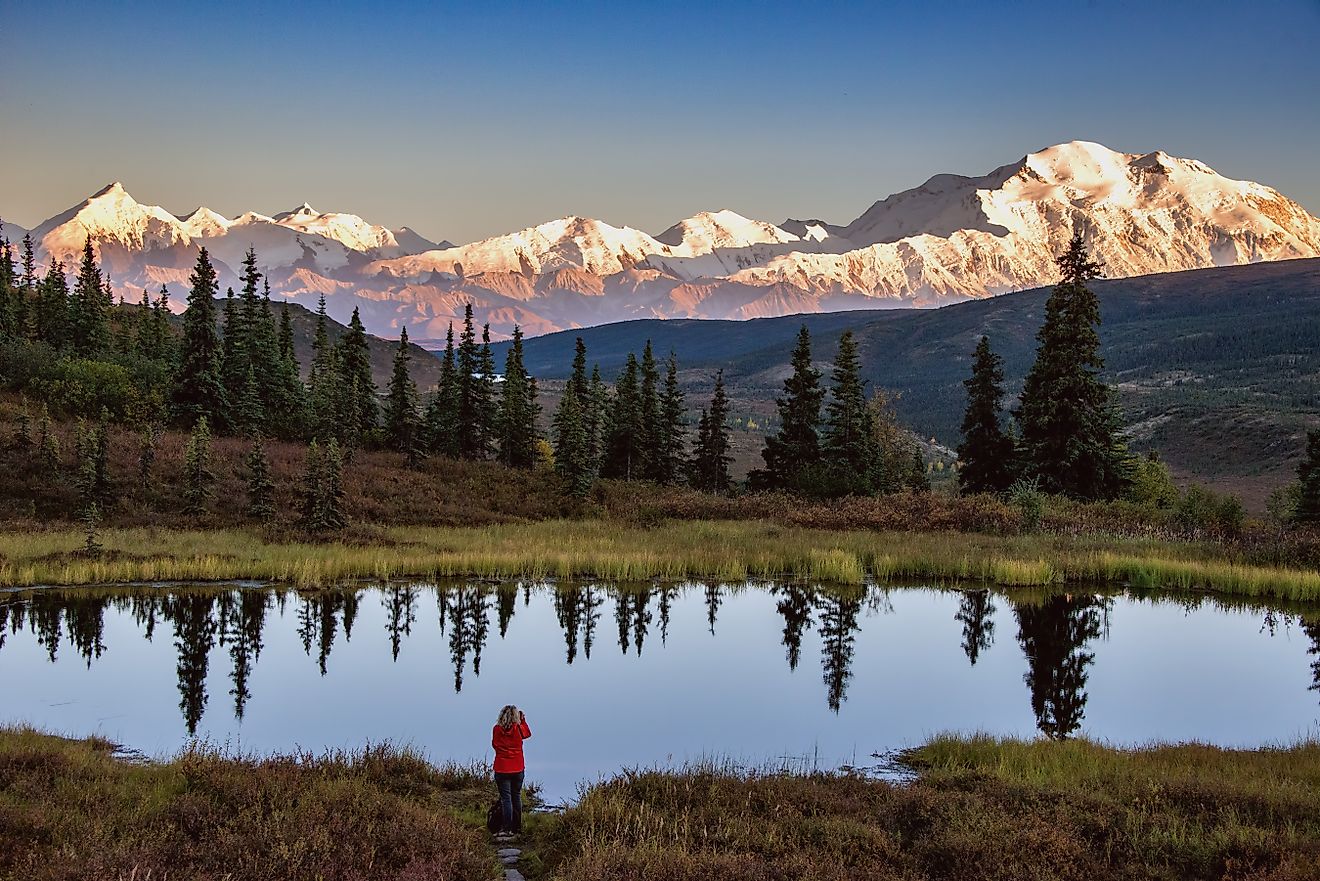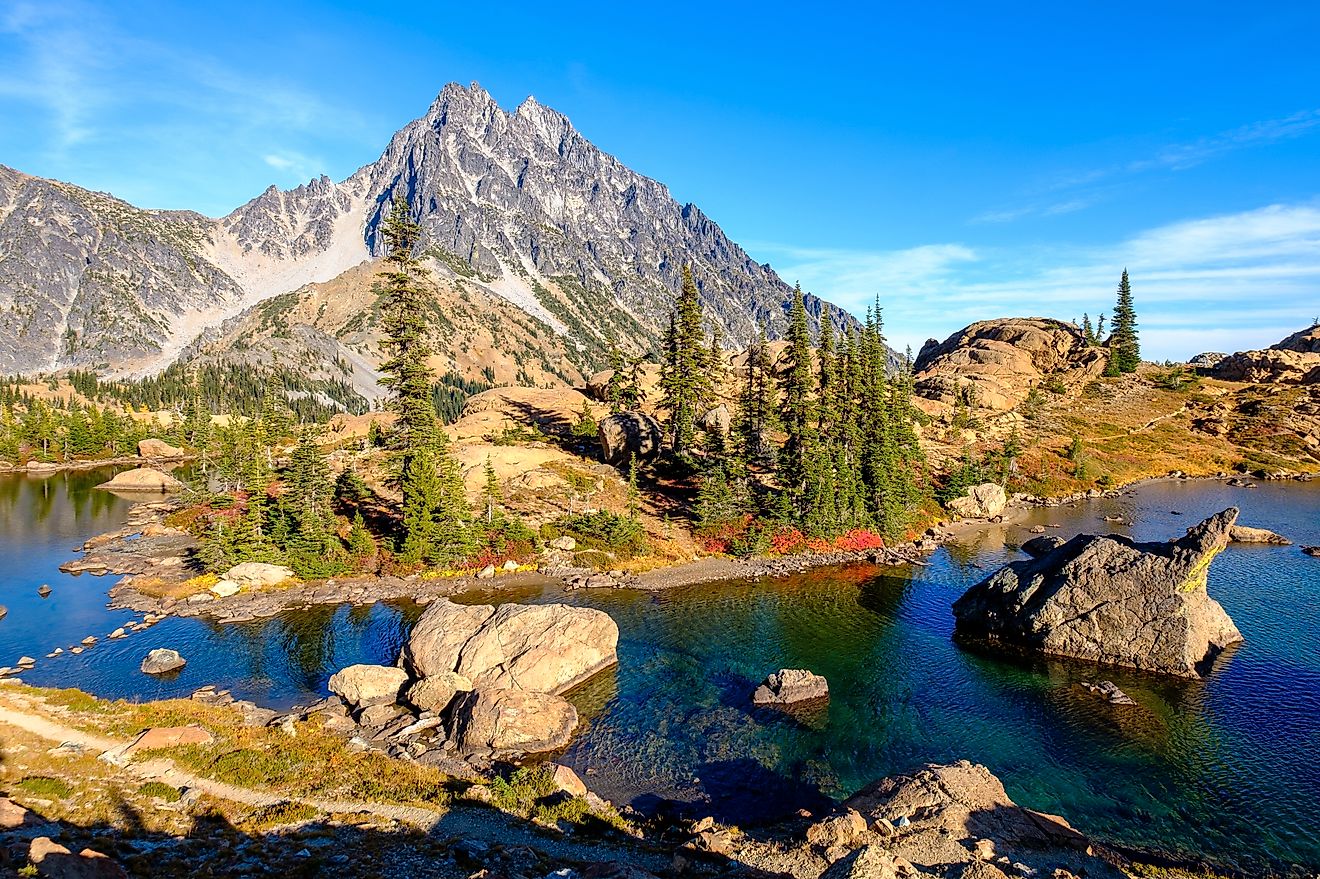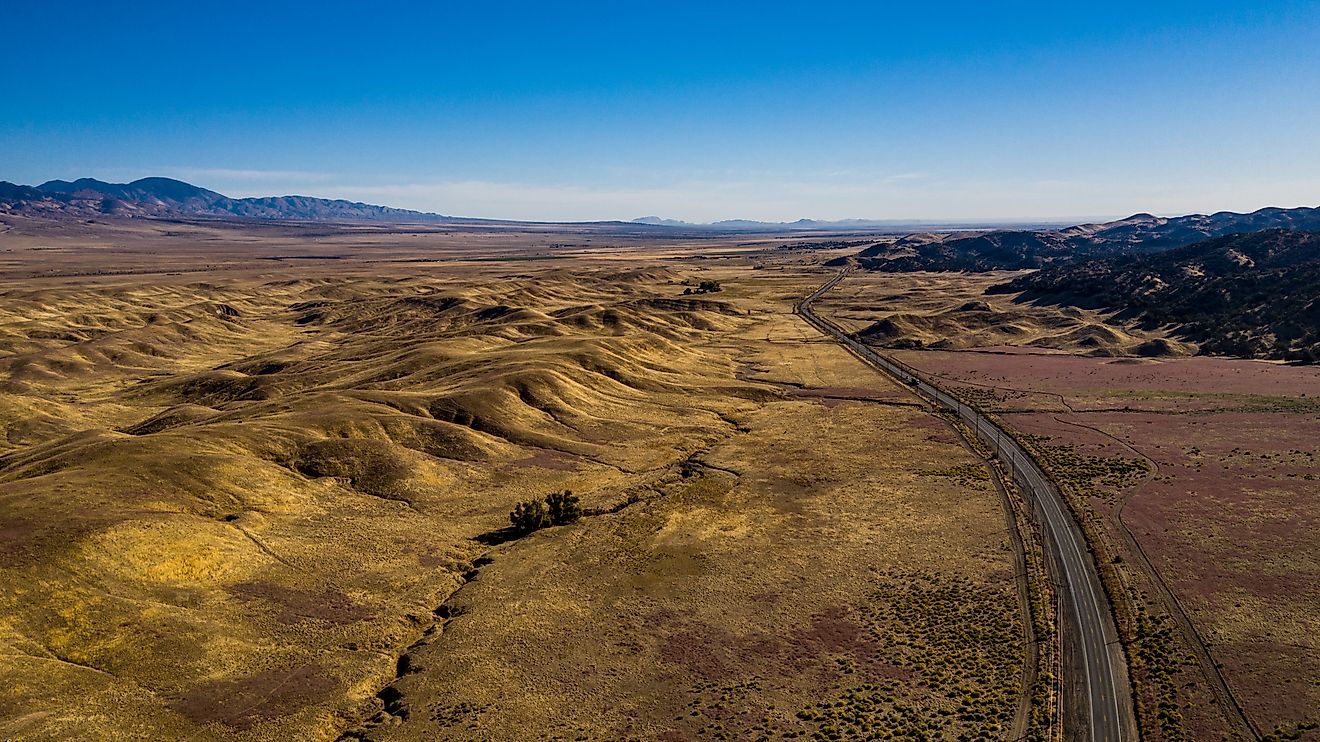
The Most Fascinating Ancient Sites in America
Long before European settlers arrived, the lands of America were vibrant, with thriving civilizations rich in tradition, ingenuity, and legacy. Picture ancient sites across the nation whispering stories of these early cultures, offering glimpses into their lives, beliefs, and artistry. Imagine towering cliff dwellings and mysterious stone formations that embody the creativity and spirit of those who once flourished here.
Many of these sites are beautifully preserved, inviting you to connect with history through immersive tours, educational exhibits, and breathtaking landscapes. Today, they serve as vibrant reminders of the continent's diverse past and intricate connections to the present, sparking exploration and wonder. If you're observing prehistoric carvings or walking the paths of ancient communities, these sites offer unparalleled journeys through time. Come and let your adventure begin as you dive into these remarkable experiences!
Mesa Verde National Park
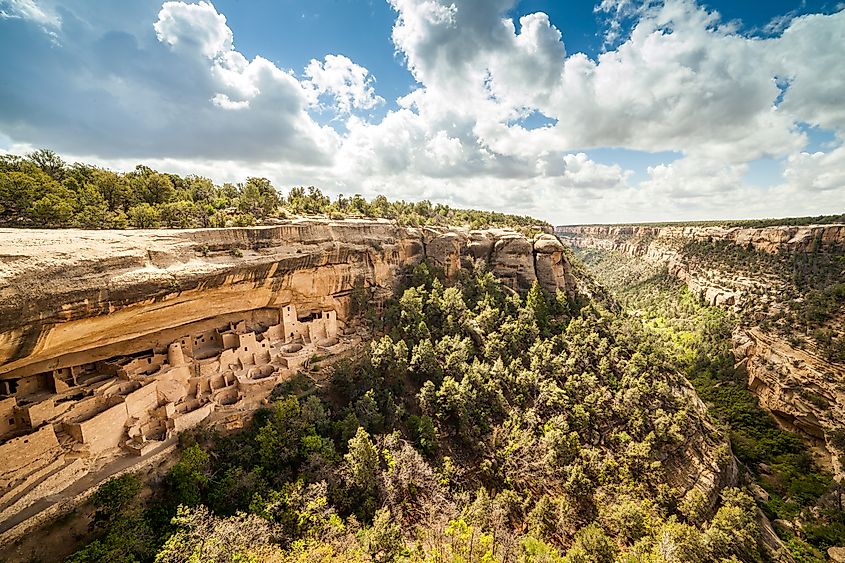
Cliff dwellings in Mesa Verde National Parks, Colorado.
Mesa Verde National Park in southwest Colorado showcases the architectural skills of the Ancestral Puebloans with its cliff dwellings, including the notable Cliff Palace, dating from AD 600–1300. Built into canyon alcoves, these structures provided shelter and defense. The Ancestral Puebloans were adept farmers, growing corn, beans, and squash, and maintained complex societies with extensive trade networks. They built intricate communities with kivas for ceremonies, reflecting their spiritual life.
Archaeologists believe environmental challenges and resource depletion led to the abandonment of these dwellings. Today, Mesa Verde offers you a chance to explore these historical sites through guided and self-guided tours, providing insights into the Puebloans' lifestyle. The park is accessible year-round, with optimal weather and ranger-led programs from late spring to early fall.
Cahokia Mounds State Historic Site
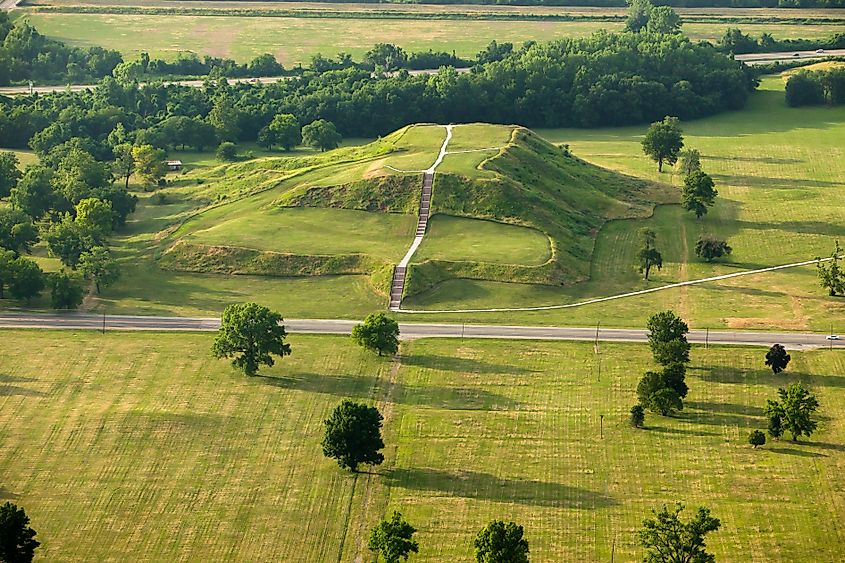
Aerial view of ancient Native American burial mound Cahokia Mounds, Illinois, USA.
Near Collinsville, Illinois, the Cahokia Mounds mark the site of a historical urban center from AD 700–1400. Once the largest city north of Mexico, Cahokia housed thousands and functioned as a cultural and ceremonial hub for the Mississippian people. Monks Mound, the largest prehistoric earthwork in the Americas, is a key feature. The Mississippians were skilled planners who built extensive public spaces and practiced intensive agriculture. The reasons for Cahokia's decline remain unclear, with potential factors including political unrest and environmental changes.
Today, you can explore the archaeological site via interpretive trails that provide insights into ancient life at Cahokia. An on-site museum showcases artifacts uncovered during excavations, offering a deeper understanding of this historical society. The best visiting times are in spring and fall, when the climate is more relaxed, and the landscape is particularly picturesque.
Chaco Culture National Historical Park
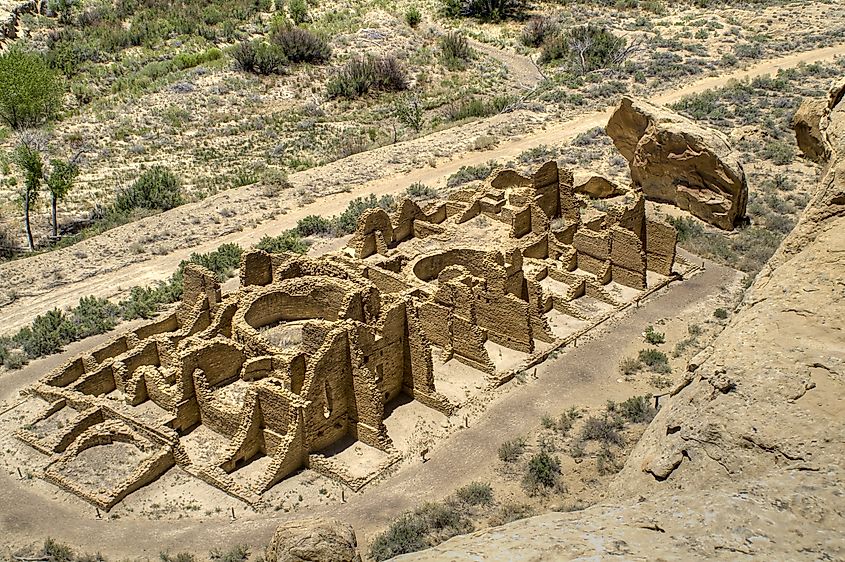
Ancient Ruins at Chaco Canyon, New Mexico.
Chaco Canyon in New Mexico was a hub of ancestral Puebloan culture from AD 900 to 1150. Known for its “Great Houses,” Chaco was an architectural marvel aligned with celestial events, showcasing a profound understanding of astronomy. The Chacoans were skilled artisans and traders, as evidenced by the turquoise, seashells, and other materials unearthed in the ruins. The civilization eventually dispersed despite its success, likely due to drought and resource scarcity.
Today, Chaco Culture National Historical Park offers insights into this advanced society. Visitors can explore its extensive ruins through self-guided walking tours and participate in ranger-led talks to learn more about Chacoan life. The park is ideal in spring and fall when the desert blooms and the weather is mild, providing a perfect setting to appreciate the remnants of this ancient culture.
Serpent Mound
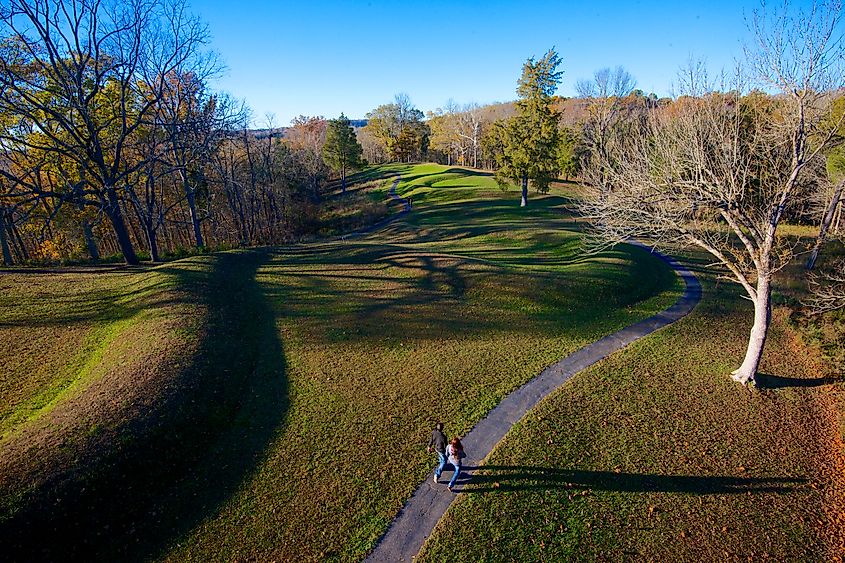
The Great Serpent Mound is a 1,348-foot (411 m) long, three-foot-high prehistoric effigy mound on a plateau of the Serpent Mound crater along Ohio Brush Creek in Adams County, Ohio.
Serpent Mound in Adams County, Ohio, is an ancient earthwork shaped like a serpent, dating back to around 300 BC. Its exact purpose is debated, but it likely had astronomical or ceremonial significance. The mound's construction is attributed to the Adena and Fort Ancient cultures. Its alignment with solstices and lunar events highlights its advanced understanding of celestial phenomena.
Part of a broader tradition of mound-building in eastern North America, the Serpent Mound is an impressive example of prehistoric artistry. For a closer view, walk a path encircling the effigy. An on-site museum offers archaeological insights and interpretation, providing valuable context to this enigmatic site. The mound is open to visitors year-round, though the experience is particularly enhanced by the lush foliage during spring and summer months.
Taos Pueblo

Taos Pueblo in New Mexico is a testament to America's ancient cultures, which have been continuously inhabited for over 1,000 years. As a UNESCO World Heritage Site, it highlights traditional adobe architecture, with multi-storied homes crafted from sun-dried mud bricks to suit the arid environment.
The Puebloans excel in pottery and jewelry, maintaining artisan skills through generations. Their community adheres to cultural and spiritual traditions, preserving language and customs despite external influences. Visiting Taos Pueblo allows for direct engagement with this vibrant Native American community. Guided tours provide valuable insights into the history and culture of the Puebloans. Open year-round, the site hosts events such as the Powwow in July, attracting global visitors.
Poverty Point

Poverty Point, located in northeastern Louisiana, is a prehistoric earthwork complex dating to 1700 BC and recognized as a UNESCO World Heritage Site. This site features ceremonial mounds and ridges, highlighting its role as a trade and cultural hub for ancient peoples of the Lower Mississippi Valley. The builders, skilled engineers, created complex drainage systems and earthworks aligned with astronomical events. Artifacts like clay cooking balls and stone tools indicate extensive trade networks.
Poverty Point stands as a testament to prehistoric ingenuity. You can explore the site via hiking trails and guided tours, providing insights into its history. The visitor center showcases educational displays and artifacts from excavations. Fall and spring are ideal times for exploration, offering a more comfortable climate for visiting.
Stonehenge of the Americas
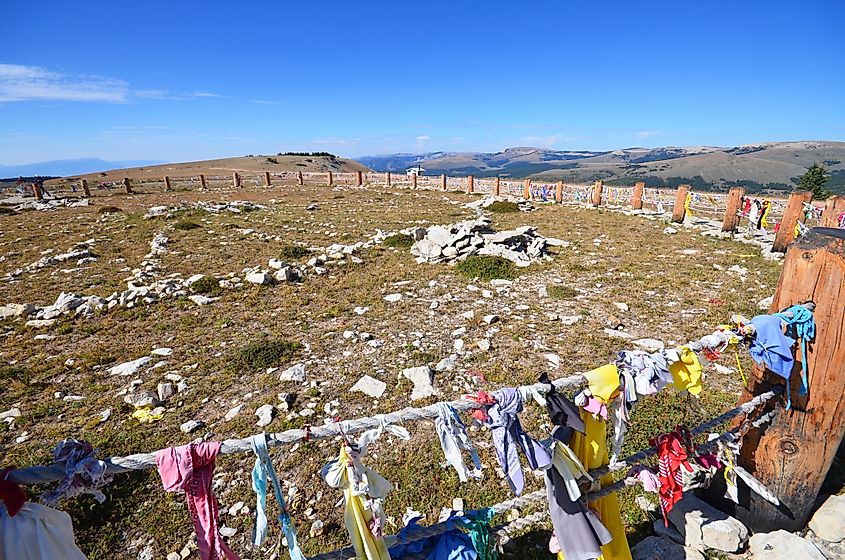
Medicine Wheel in Wyoming - situated at nearly 10,000 feet and is a sacred stone circle significant in Native American Indian culture.
The Bighorn Medicine Wheel in Wyoming, often likened to Stonehenge, is a sacred Native American site over 700 years old. Situated at more than 9,000 feet above sea level, this stone circle is both an astronomical and ceremonial site. Its alignment with the sunrise on the summer solstice indicates its use as an observatory. The site holds cultural and spiritual importance for several Plains tribes, who have used it for rituals and offerings for centuries.
Open to visitors in the summer, the Medicine Wheel provides stunning views and a tranquil atmosphere. A short hike leads to the wheel, where interpretive signs offer insights into its history and significance. Visiting the Bighorn Medicine Wheel allows for an appreciation of both natural beauty and rich cultural heritage, making it a meaningful destination for those interested in understanding Native American traditions and astronomy.
America's First Cultures
Embarking on a journey through these remarkable historical sites provides a captivating insight into the diverse and ingenious cultures that once thrived across North America. From the celestial alignments of Chaco Canyon and Serpent Mound to Taos Pueblo's enduring craftsmanship and community, each site is a testament to the sophisticated societies that shaped our history.
Visiting these destinations connects us to the ingenuity and spirit of ancient peoples. As we explore these treasures, let us embrace the profound stories they tell, fostering a deeper appreciation for the intricate tapestry of human heritage etched across the American landscape.

